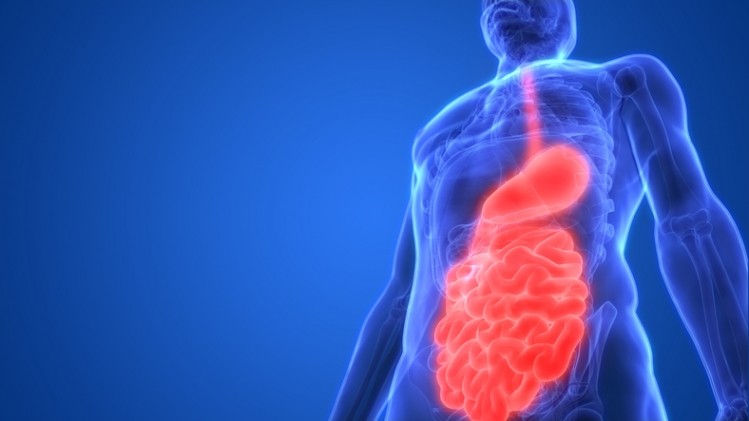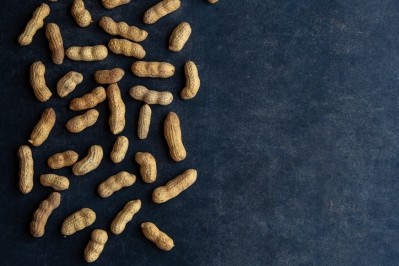Analysis calls attention to importance of gut function

Until recent years, not much has been known about the human gut microbiome. Its complexities often yield more questions than answers, with the scientific community yet to arrive at one definition of what a ‘healthy gut microbiome’ is.
In order to gain a better understanding of the interactions between nutrition and the gut microbiome, researchers from George Washington University (GW) and the National Institute of Standards and Technology (NIST) examined several articles that focused on microbiome health.
The study, published in Nutrition Reviews, aimed to gain a solid understanding of the interactions between nutrition and the gut microbiome in healthy adults, which the researchers say will form the foundation for understanding the role of nutrition and the gut microbiome in disease prevention and treatment.
The impact of gut alteration
“Changes in the composition or function of the gut microbiome can have profound consequences, both negative and positive, on the host. Cohort studies that compare the gut microbiome profiles from healthy and diseased patients have revealed a correlation between many disease states and a person’s gut microbiome profile. An altered microbiome that is associated with a disease is often referred to as dysbiosis. Whether dysbiosis is the cause of a disease or the effect of the disease, is poorly understood in most cases and requires further studies (e.g. longitudinal and intervention strategies) to determine cause-effect,” said lead author Leigh Frame, PhD, MHS, program director of the Integrative Medicine Programs at the GW School of Medicine and Health Sciences.
Adding to the challenge is that much like a fingerprint, “No two individuals share the same microbiome, including identical twins. In fact, healthy individuals that are of similar age and demographic have vastly different gut microbiome profiles. This has thwarted our attempts thus far to try and define what a “healthy” microbiome looks like. In general, however, it is thought that higher levels of taxonomic diversity (richness) is an indicator of a “healthy” gut along with the absence of pathogenic species,” the report noted.
The study involved a comprehensive evaluation of review literature. The authors analyzed 86 articles that focused on the bidirectional relationship between macro and micronutrition and the gut in healthy adults.
Beyond fiber
The authors found that research has mostly focused on the benefits of dietary fiber, and they wanted to take a look at the role other nutrients play.
“A complex metabolic, hormonal, neurological and immunological relationship exists between the microbiome and the host. This molecular cross-talk is critical in regulating many physiological processes. Changes in the composition or function of the gut microbiome can have profound consequences, both negative and positive, on the host.”
Frame added, "As we learn more about the gut microbiome and nutrition, we are learning how influential they are to each other and, perhaps more central to public health, the role they both play in prevention and treatment of disease.”
The authors also noted that diet diversity and food quality are primary indicators of gut microbiome composition, with more diverse and higher quality diets leading to more diverse and purportedly healthier gut microbiota.
The study underscored several research gaps, such as the role of food additives and contaminants. The authors also highlighted the potential role of food-associated bacteria, which they said is a "promising new area of research on the gut microbiome and nutrition."
Currently, Frame said biomarkers of gut health are elusive due to measurement challenges. She said as the cost of DNA sequencing technologies continue to decrease, more researchers will adopt more “granular measurements that identify microbial content at the species, or even strain, level.”
The report concluded that diet and nutrition, especially fiber, impact the composition of the gut microbiome. This sets up a variety of metabolic, hormonal, and neurological processes that influence health and disease. However, the researchers want to know more about the mechanisms involved.
Metabolomics over genomics
With no current consensus on what defines a “healthy” gut microbiome, the authors suggest future research that takes into account individual responses to diet. They also note the importance of studying how the gut microbiome responds to dietary interventions, emphasizing a better understanding of function rather than just composition.
Source: Nutrition Reviews
nuz106, https://doi.org/10.1093/nutrit/nuz106
“Current Explorations of Nutrition and the Gut Microbiome: A Comprehensive Evaluation of the Review Literature”
Authors: L. Frame, et al.
















